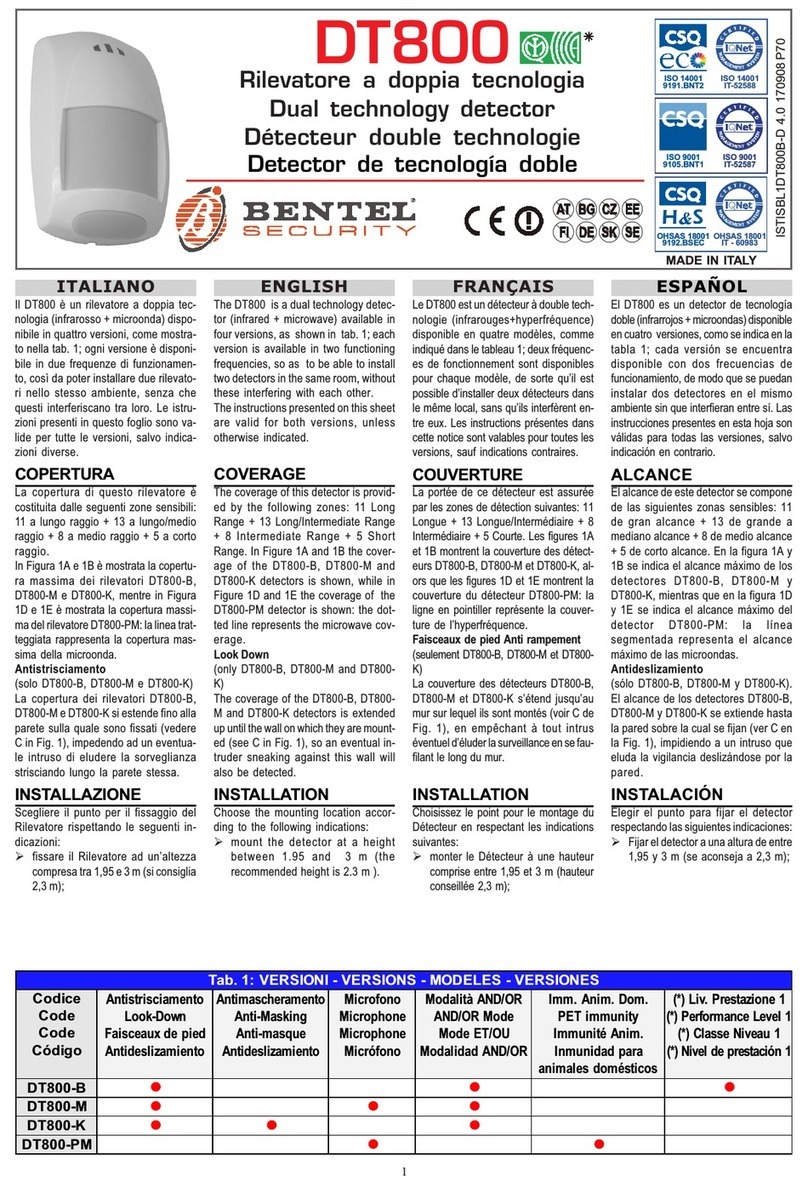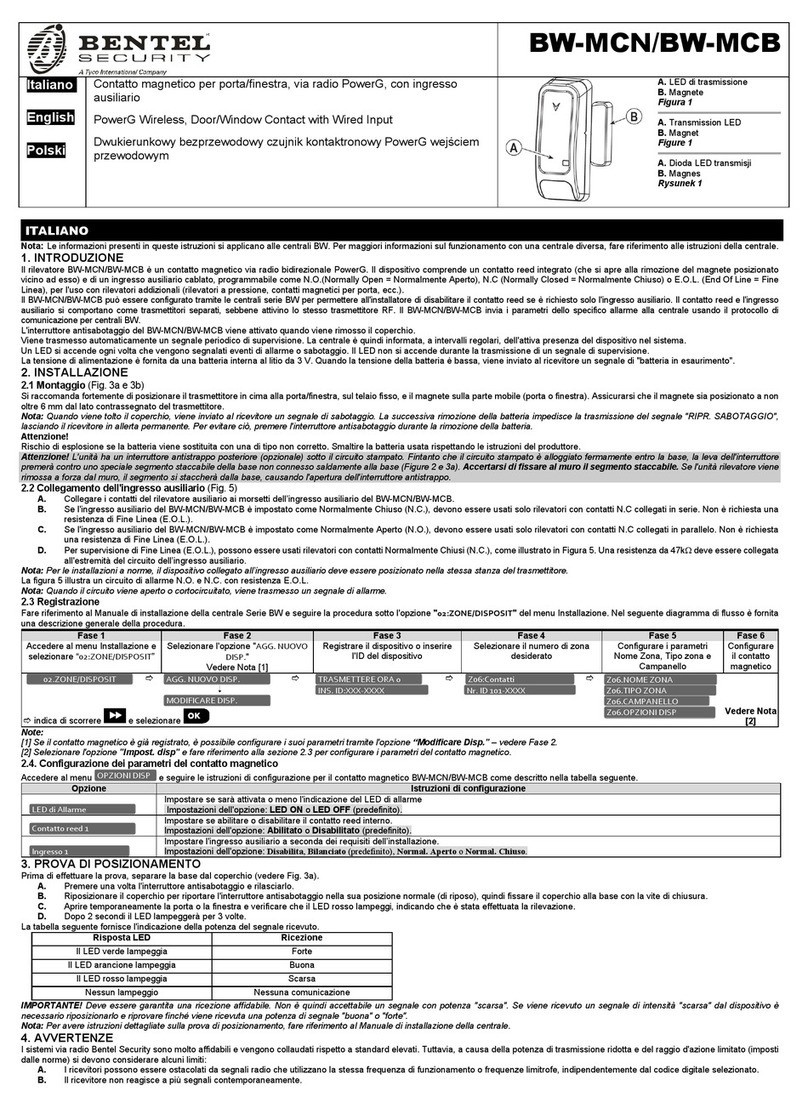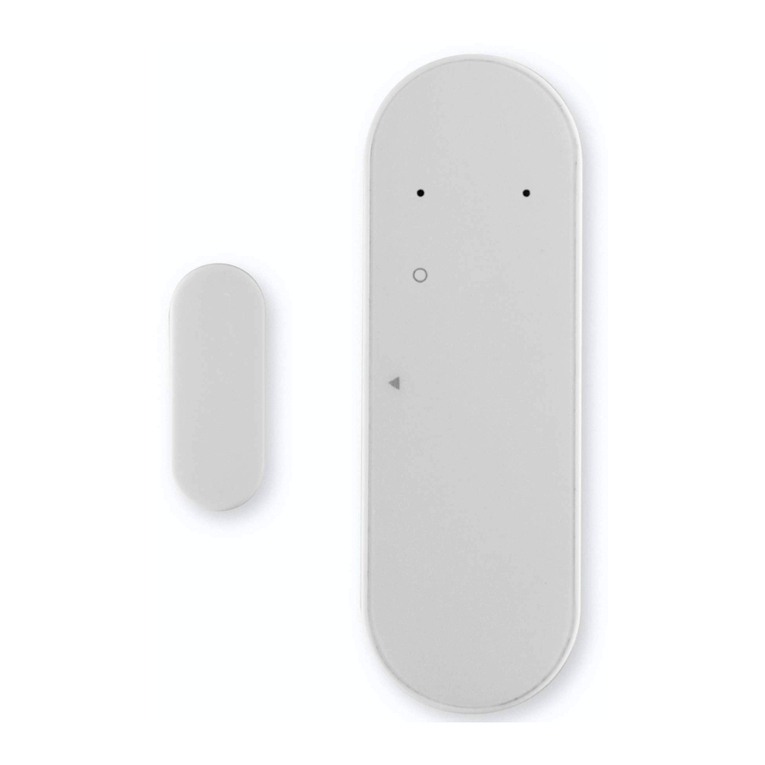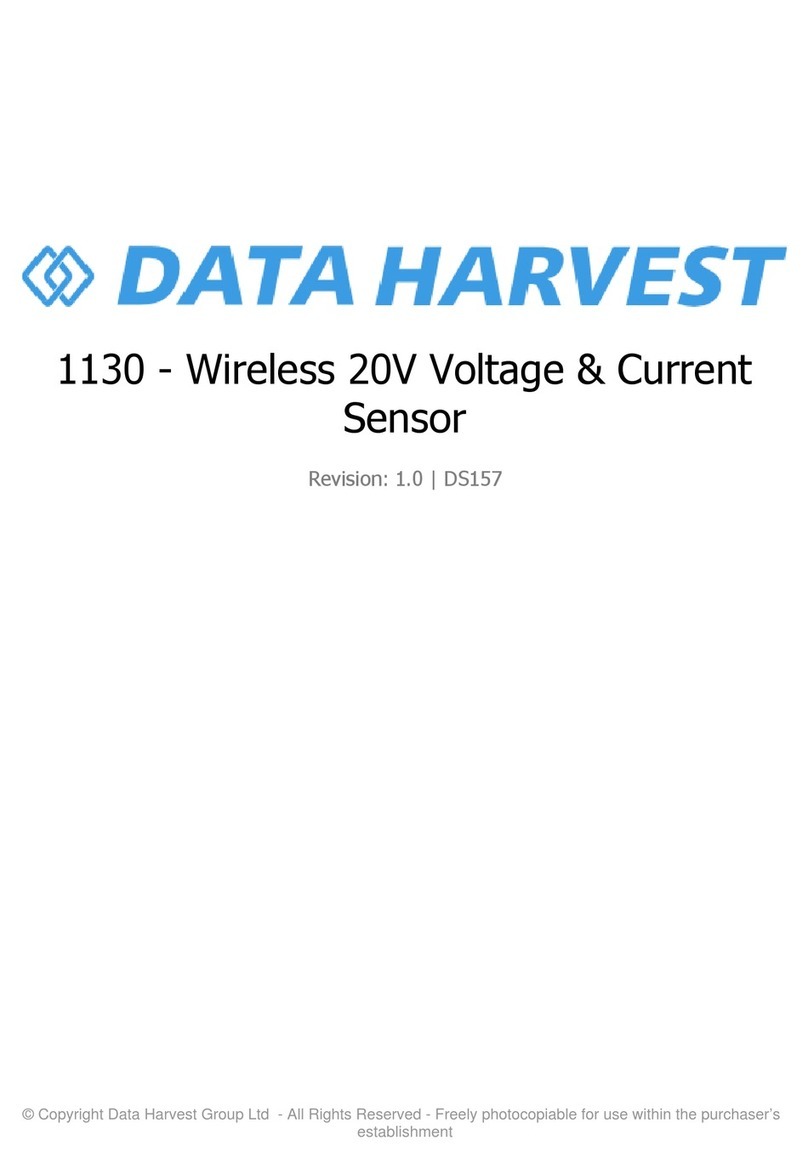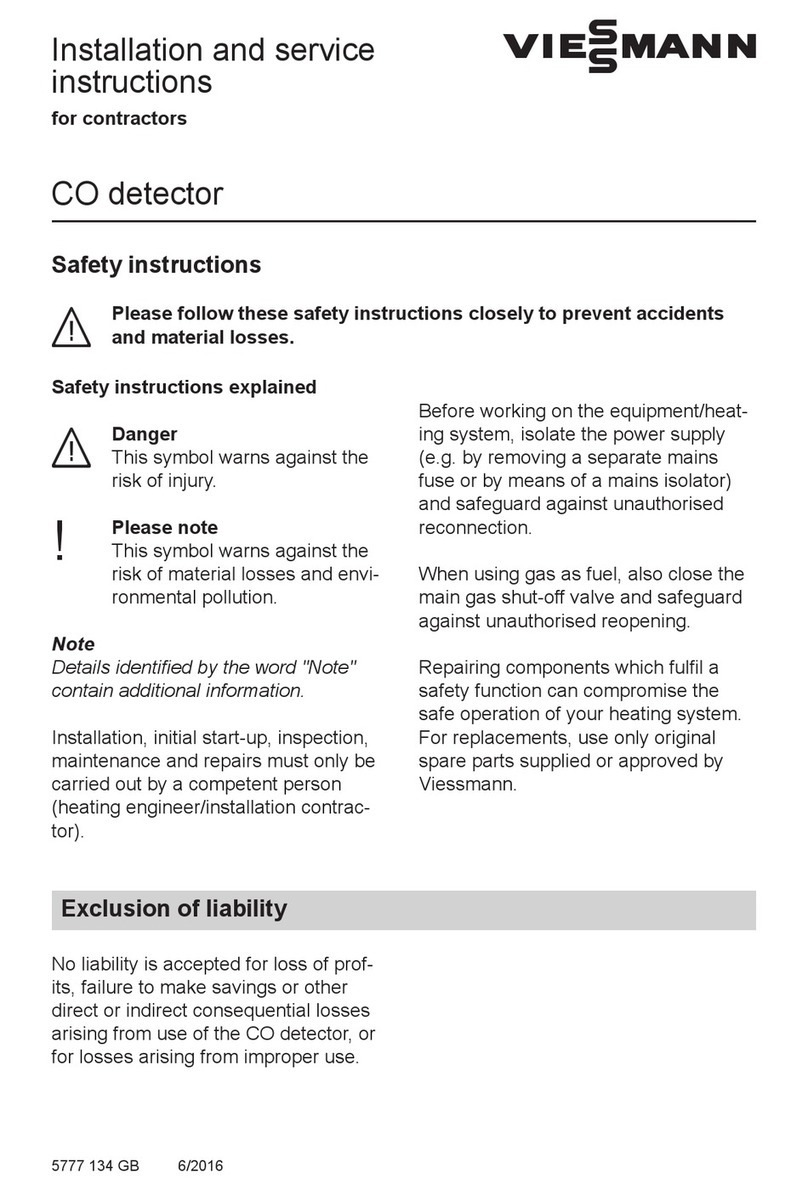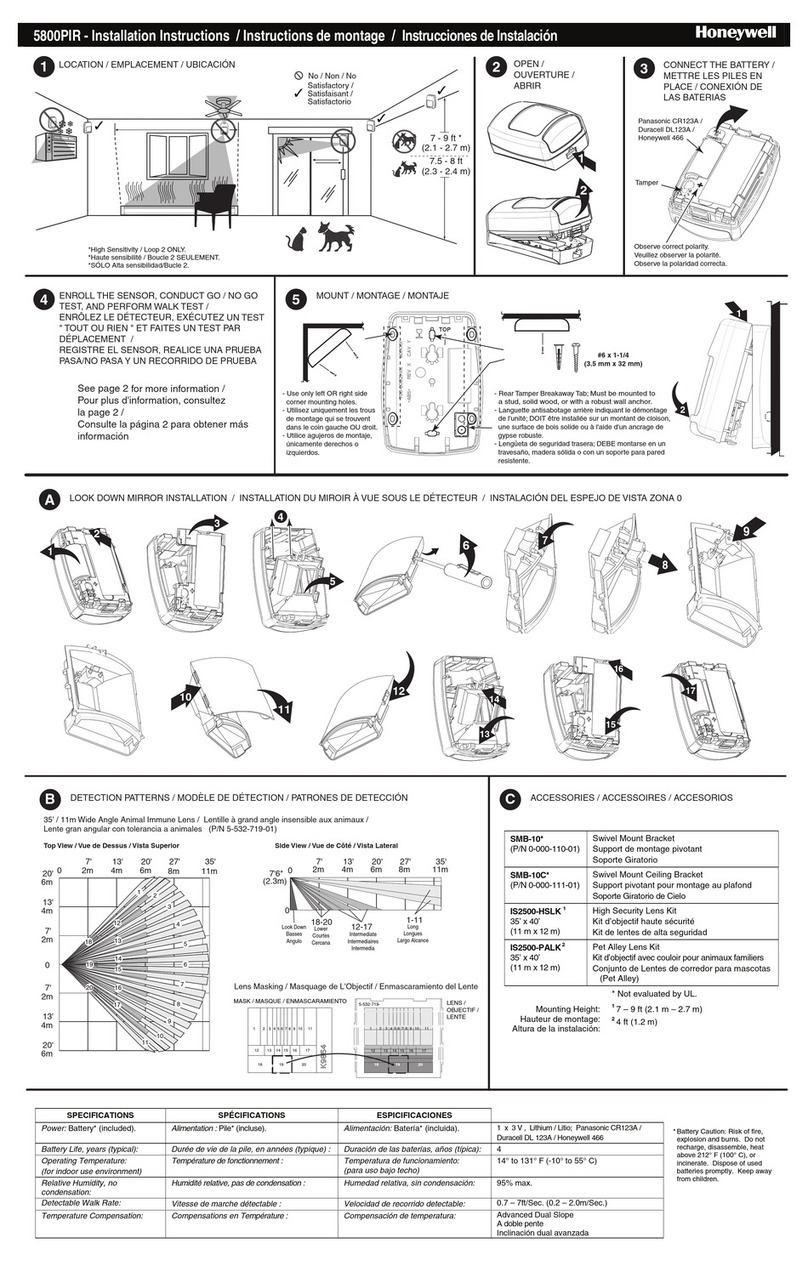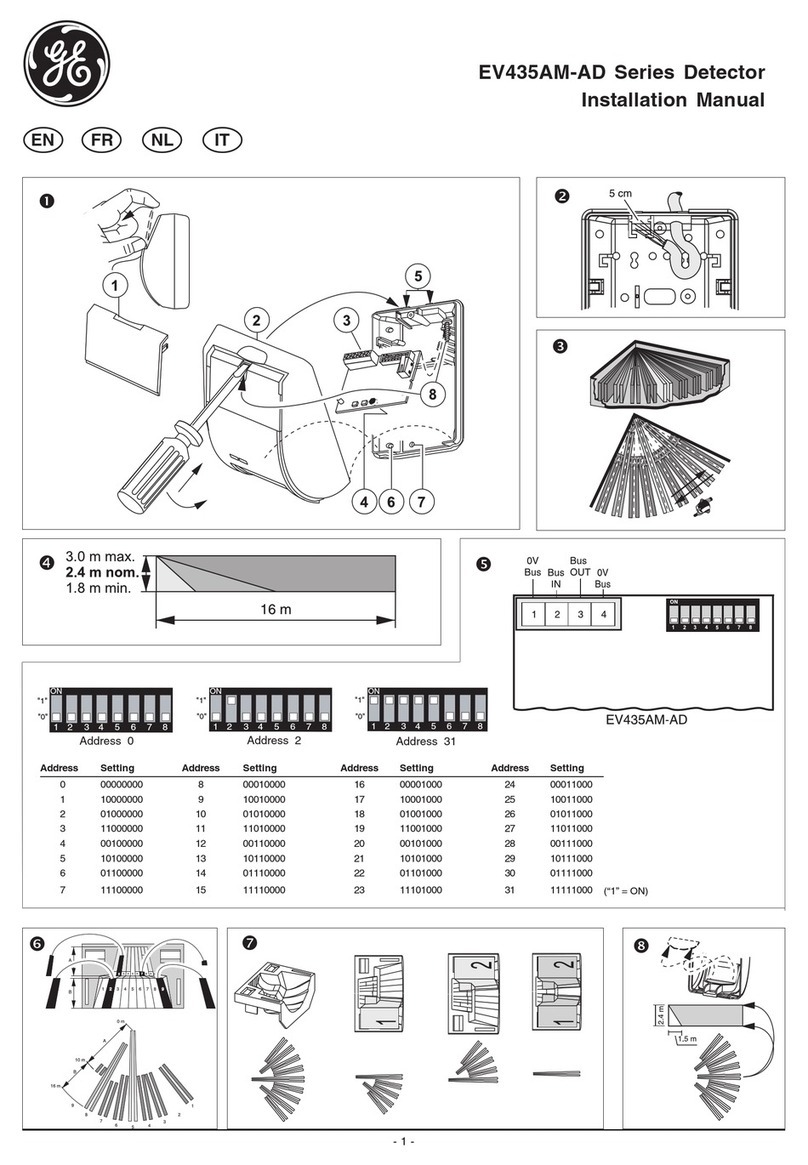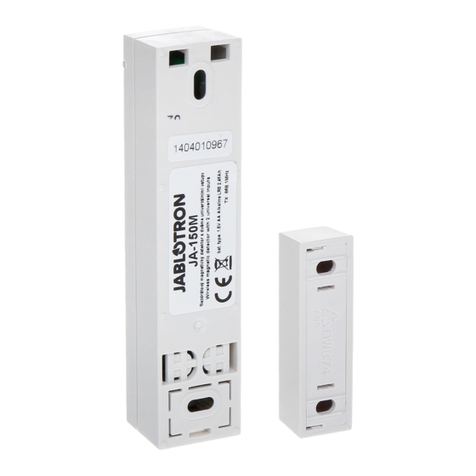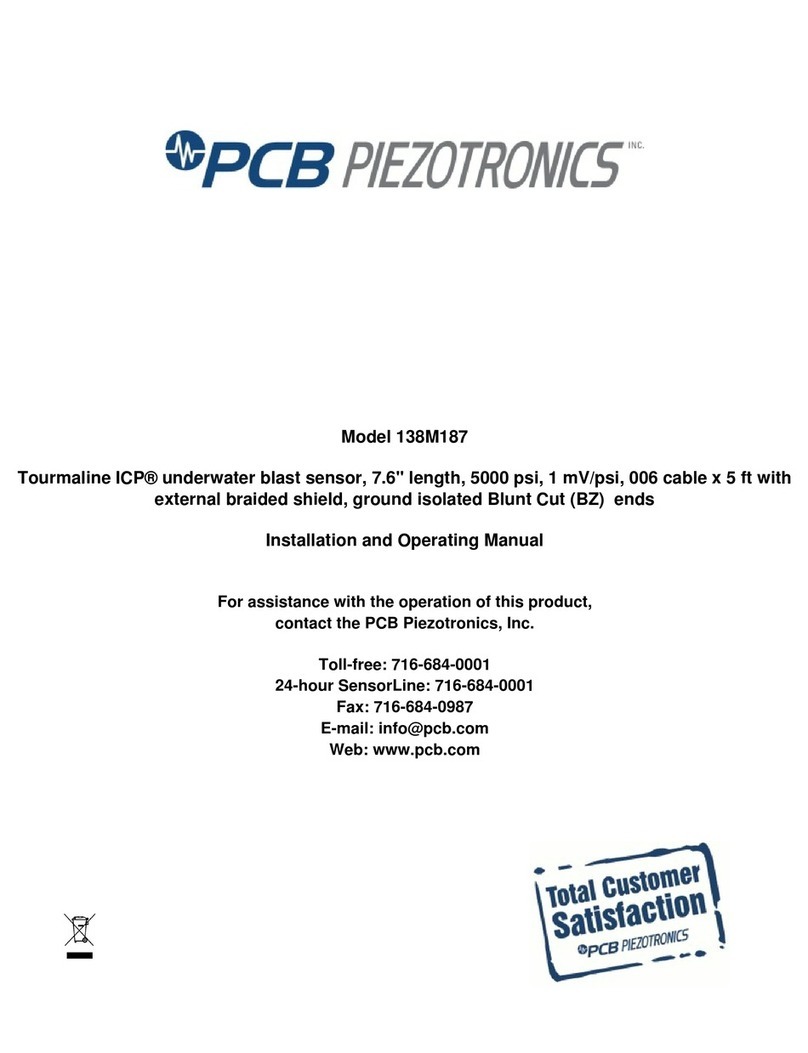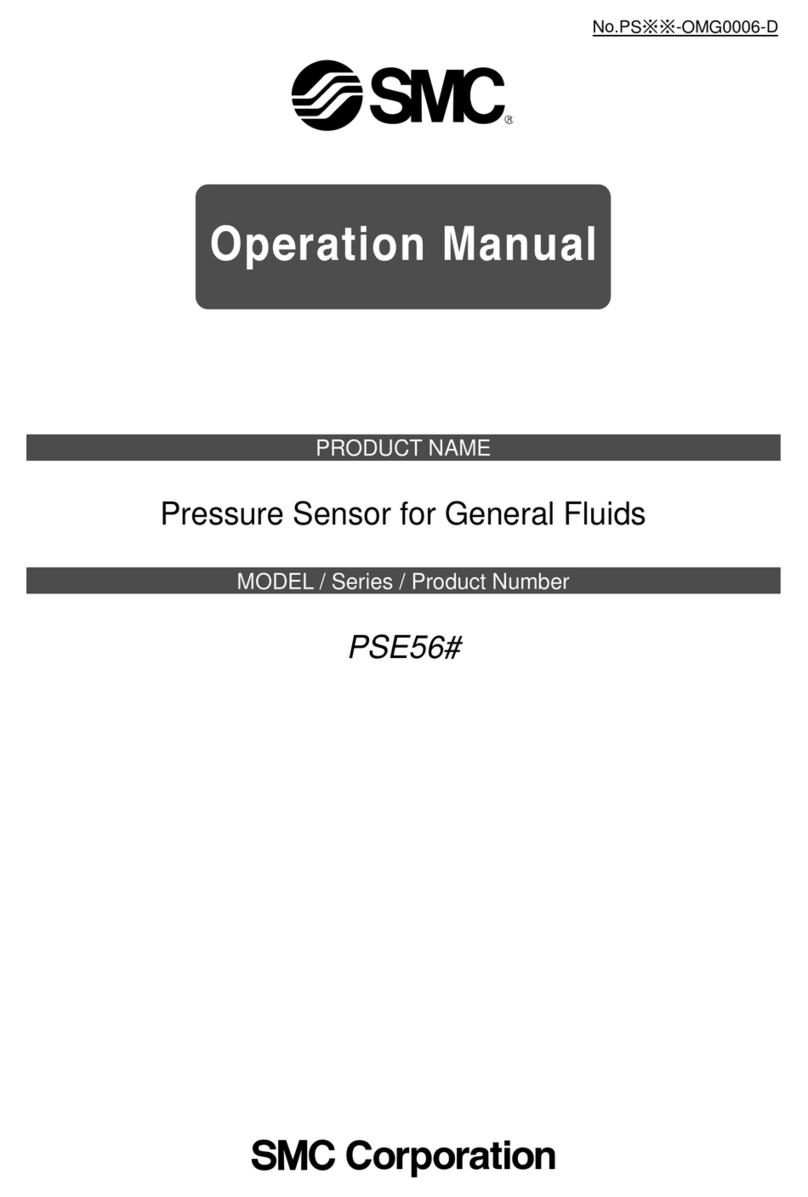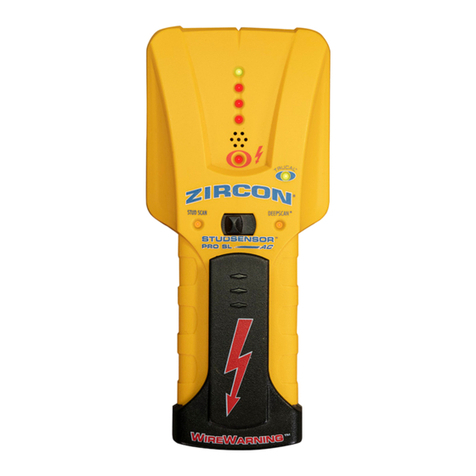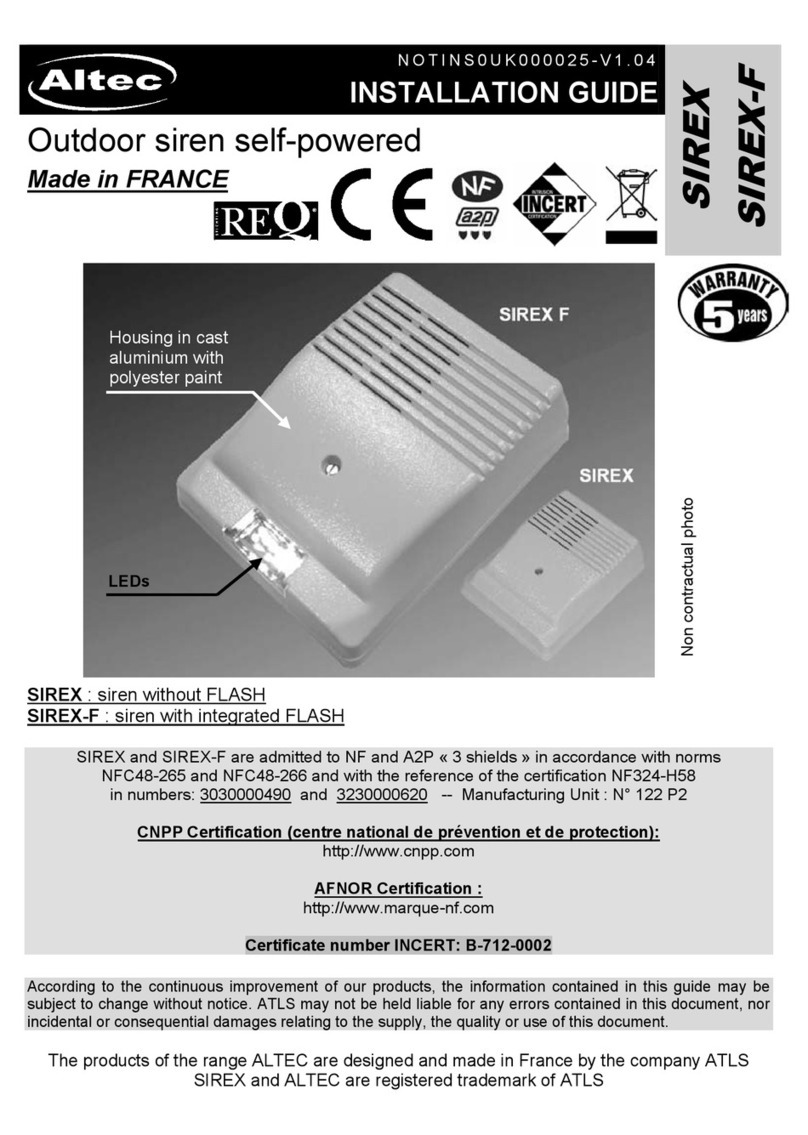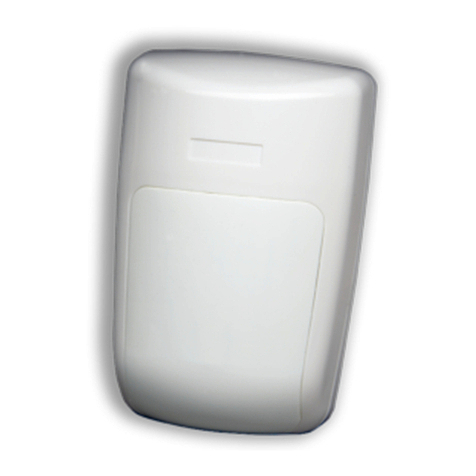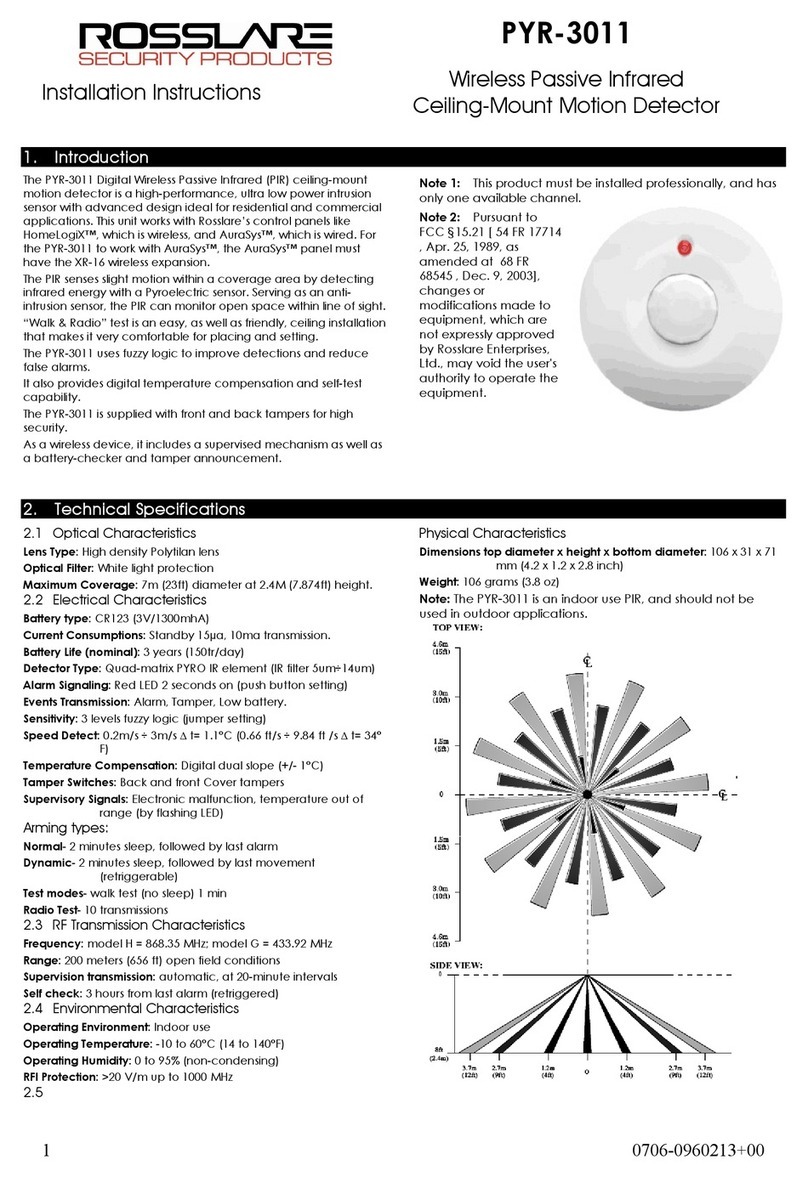Bentel Security IR 360 User manual

L'IR360 è un rilevatore infrarosso passivo per il montaggio a soffitto, appositamente
studiato e realizzato per assicurare una protezione ottimale in applicazioni
domestiche e commerciali. L'IR360 utilizza un sofisticato lente Fresnel che
fornisce una copertura di 360 e un sensore infrarosso passivo ad elemento
quadruplo ottimizzato per garantire il massimo gradi di rilevazione. L'IR360
minimizza l'incidenza di falsi allarmi e garantisce un eccellente grado di immunità
ai disturbi RF, ai transienti ed alle scariche elettrostatiche per garantire un uso
negli anni senza probemi.
Descrizione
• Multi-Level Signal Processing (Brevettato)
• Copertura di 360
• Sensore infrarosso passivo ad elemento quadruplo
• Protezione ottimale ai transienti e alle scariche elettrostatiche
• Eccellente grado di immunità a RF
• Compensazione termica
• Ponticello per la rilevazione Veloce/Lenta
• Ponticello per Abilitazione/Disabilitazione LED
• Fabbricazione SMD
• Funzionamento silenzioso
Specifiche
Elettriche
• Tensione di alimentazione: 9 - 14,5 V_
• Corrente (Nominale): 18/15 mA (in allarme / a riposo) @12 V_
Contatti
• Relè di Allarme: 0,1A @24V_
• Deviatore Antisabottaggio: 0,1A @24V_
Dimensioni (diametro x altezza)
117 mm x 36 mm
Funzionamento
• Copertura Massima (diametro)
Rilevatore posizionato a 2,4 m da terra: 7,3 m
Rilevatore posizionato a 3,0 m da terra: 9,2 m
Rilevatore posizionato a 3,6 m da terra:12,2 m
• Modalità di funzionamento aggiuntivo
LED Acceso/Spento Ponticello J1
Conteggio impulsi (Veloce/Lento) Ponticello J2, J2 inserito (ON) = Veloce
Ambiente/Immunità
• Immunità RF: 20V/m ( 100Hz - 1,2GHz)
• Immunità ai transienti @ morsetto: 2,4KV @ 1,2joules
• Temperatura di funzionamento: 32 -122 F / 0 - 50 C
• Umidità 5 - 95% RH senza condensazione
Coperatura
Per i diagrammi Vista in pianta (a 2,4 m altezza) e Vista Laterale vedere
rispettivamente le Fig. 1 e 2.
Posizionamento del Rilevatore
L'IR360 è appositamente studiato e realizzato per montaggio a soffitto in un luogo
asciutto e al coperto per una copertura di 360 . Assicurare che il presunto percorso
di violazione sia perpendicolare al fascio di rilevazione. Utilizzare la schema di copertura
(vedere il diagramma di copertura) per determinare il posizionamento migliore. Scrutare
il punto di montaggio e l'area di proteggere per i seguenti potenziali disturbi.
Evitare i seguenti cause di falsi allarmi.
Superfici riflettenti
Non puntare il rilevatore su superfici riflettenti come specchi o finestre, poiché possono
distorcere l'area di copertura o riflettere i raggi solari direttamente sul rilevatore.
Flusso d aria
Evitare di collocare il rilevatore in luoghi sottoposti a forti correnti d'aria, come vicino
alle uscite dell'aria condizionata.
Umidità
Non montare il rilevatore nei pressi di fonti di umidità come vapore o carburante.
Raggi solari
Non puntare il rilevatore su superfici riflettenti come specchi o finestre che
potrebbero riflettere i raggi solari direttamente sul rilevatore.
Ostacoli
Non limitare la copertura con oggetti di grandi dimensioni come piante, scaffali
o armadietti che impediscono il corretto funzionamento del dispositivo.
Montaggio
Per aprire il rivelatore, togliere la vite di fissaggio quindi girare la calotta in senso
antiorario per separarla dal fondo. Con un piccolo cacciavite a taglio, forare la
plastica e staccare le sezioni predisposte per il passaggio dei cavetti di collegamento.
Fissare il rilevatore con delle viti appropriate (non fornite).
Per chiudere la calotta, allineare la linea sul fondo dell'alloggiamento con la linguetta
sulla calotta quindi girare la calotta in senso orario per completare il montaggio.
NOTA - Poiché non è necessaria nessun regolazione del circuito stampato, è consigliabile
non rimuoverlo dell'alloggiamento.
Collegamenti
Vedere la Fig. 3
La messa in funzione
Al momento della messa in funzione, il LED si accenderà per circa 90 secondi per
indicare che il dispositivo è in fase di stabilizzazione. Durante questo tempo, il relè
sarà in condizione di allarme. Trascorsi 90 secondi, il LED si spegnerà per indicare
che il dispositivo è in grado di rilevare movimento all'interno dell'area di copertura.
Modalità Test (J )
NOTA - opo l'installazione, e necessario sottoporre il rivelatore a una prova di
corretto funzionamento (Walk Test). Il corretto funzinament del rilevatore dovrebbe
essere verificato settimanalmente dell'utente, e annualmente dell'installatore.
Walk Test
Creare movimento all'interno dell'area di copertura. Il LED si accenderà ogni volta
che viene raggiunta la condizione di allarme (ponticello J1 inserito).
Se la copertura risulta inadeguata, cambiare la posizionamento del rilevatore. Per
ottenere una lieve modifica della sensibilità, ruotare il rilevatore leggermente. Per
una copertura ottimale, fare riferimento agli schemi di copertura (Fig. 1 e 2).
Una volta completata la prova, il LED del "Walk Test" può essere disabilitato
rimuovendo il ponticello J1.
Regolazione della sensibilità (J2)
L'IR360 è dotato di un ponticello (vedi J2, POnticello Sensibilità, fig. 4) che permette
di scegliere l'impostazione del modalità di rilevazione (Veloce o Lenta). Il ponticello
J2 è preimpostato in fabbrica in modalità di rilevazione Veloce (Vedere Fig. 4):
questa è la modalità che più si adatta alla maggiorparte degli ambienti.
Per un ambiente che presenta potenziale disturbo, come stanze sottoposte a forti
correnti d'aria o fonti di calore, ecc., è più addatta la modalità Lenta, perciò sarà
necessario rimuovere il ponticello J2 per stabilizzare la rilevazione.
Infrarosso 360°
ISTRUZIONI DI INSTALLAZIONE
IR 360
7$0 3( 5
6:,7 &+ 3, 5
6(16 25
Fig. 1 - Vista in pianta Fig. 2 - Vista laterale Fig. 3 - Collegamenti Fig. 4 - Fondo
ISTISBL1IR360 0.1 020904 P70

The IR360 is a ceiling mount detector designed to provide reliable motion detection
for residential and commercial applications. The IR360 uses a special Fresnel lens
made for 360 detection in conjunction with a quad element PIR sensor optimized
for uniform detection all around its field of view. Special attention is given to false
alarm immunity against RF, static, electrical transient to ensure trouble free
operation for many years.
Features
• Multi-Level Signal Processing (Patented)
• 360 coverage
• Quad element PIR sensor
• High level static and transient protection
• Excellent RF immunity
• Temperature compensation
• Fast/Slow detection jumper
• LED ON/OFF jumper
• SMD construction
• Super quiet operation
Specifications
Electrical
• Input Voltage: 9 - 14.5 V_
• Current (nominal): 18/15 mA (alarm on/off) @12 V_
Contact Rating
• Alarm Relay: 0.1A @24V_
• Tamper Switch: 0.1A @24V_
Size (diameter x height)
4.6" x 1.4" / 117 mm x 36 mm
Operation
• Maximum detection range (diameter)
Detector placed 8 ft./ 2.4 m from floor: 24 ft./ 7.3 m
Detector placed 10 ft./ 3.0 m from floor: 30 ft./ 9.2 m
Detector placed 12 ft./ 3.6 m from floor: 40 ft./ 12.2 m
• Additional operating modes
LED ON/OFF Jumper J1
Pulse count (fast/slow) Jumper J2, J2 ON is fast count.
Environmental/Immunity
• RF Immunity: 20V/m ( 100Hz - 1.2GHz)
• Transients @ wiring terminal: 2.4KV @ 1.2joules
• Operating temperature: 32 -122 F / 0 - 50 C
• Humidity 5 - 95% RH non-condensing
Coverage
See Fig. 1 and 2.
Locating the Detector
The IR360 is designed to be mounted on the ceiling of a dry indoor location for 360
coverage. Ensure that the expected path of an intruder is perpendicular to the beam
path. Use the coverage pattern indicated on the coverage diagram to determine
the best sensor location. Survey the mounting location and the area being protected
for the following potential problems.
Avoid the following sources of false alarms:
Reflective Surfaces
Do not aim the detector at reflective surfaces such as mirrors or windows as this
may distort the coverage pattern or reflect sunlight directly onto the detector.
Air Flow
Avoid locations that are subject to direct high air flow such as near an air duct outlet.
Moisture
Do not locate the detector near sources of steam or oil.
The Sun
Do not aim the detector such that it will receive direct sunlight.
Obstructions
Do not limit the coverage by placing large objects within the detection area (such
as plants, high shelves, filing cabinets etc.).
Mounting
To open the case, remove the securing screw from the unit then twist the top cover
counter-clockwise and lift it up from the bottom cover. Use a small screwdriver
to remove the appropriate knockouts for wiring. Mount the backplate using the
appropriate mounting screws (not provided).
To close the case, use the locating line on the bottom cover to align the tab on the
top cover. Once the top cover is engaged, twist the top cover clockwise to lock
it in place.
NOTE: Since no adjustment is necessary for the circuit board, it is not recommended that
the installer remove the circuit board from the case.
Wiring
See Fig. 3 for wiring instructions.
Power Up
Upon application of power, the LED will be on for approximately 90 seconds to
indicate that the unit is warming up. During this period, the relay is held in its alarm
state. After the 90 second warm-up period, the LED will turn off and the unit will
respond to motion in the protected area.
Testing
IMPORTANT NOTE: Upon installation, the unit should be thoroughly tested to ensure
proper working order. The detector should be walk tested weekly by the user and
annually by the installer.
Walk Test
Create movement in the entire area where coverage is needed.
The LED on the unit will turn on whenever motion is detected (jumper J1 must be
on).
If coverage is incomplete, relocate the unit. You can make minor adjustments by
rotating the detector several degrees. Refer to the coverage pattern diagrams as
a guide to reposition the detector for better coverage.
Once the detector coverage is as required, you may turn off the alarm LED by
removing the jumper from J1.
Changing the Sensitivity
IR360 features Fast and Slow detection modes, which are set on jumper J2. Jumper
J2 is set at the factory for the Fast detection mode (See Fig. 4). In a normal operating
environment, this setting provides the best detection.
In certain environments where rapid air movement, heaters and other variables
present problems, use Slow detection mode to stabilize the detection. To change
the setting from Fast to Slow, take the jumper off the header.
Ceiling Mount PIR Detector
INSTALLATION INSTRUCTIONS
IR 360
!"
7$ 03( 5
6:, 7&+ 3, 5
6(1 625
#
090.947!,99073
Fig. 1 - Top View Fig. 2 - Side View Fig. 3 - Wiring Fig. 4 - Back Plate
ISTISBL1IR360 0.1 020904 P70
Table of contents
Languages:
Other Bentel Security Security Sensor manuals

Bentel Security
Bentel Security Visus99 User manual

Bentel Security
Bentel Security ZT100H User manual
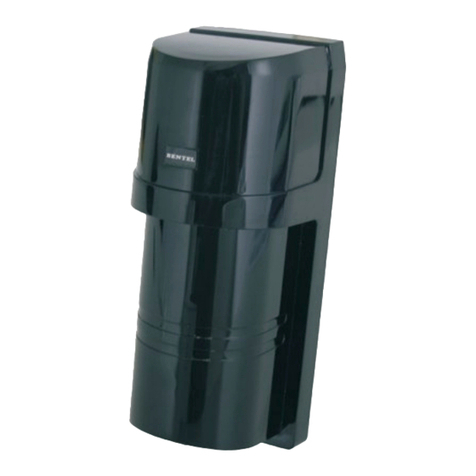
Bentel Security
Bentel Security RAY60-S User manual
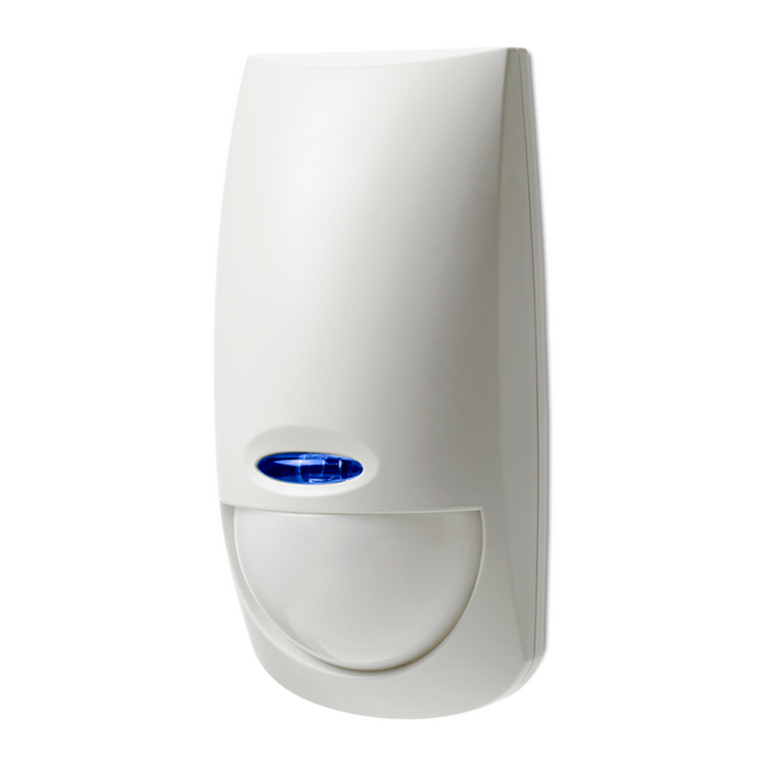
Bentel Security
Bentel Security BMD503 User manual
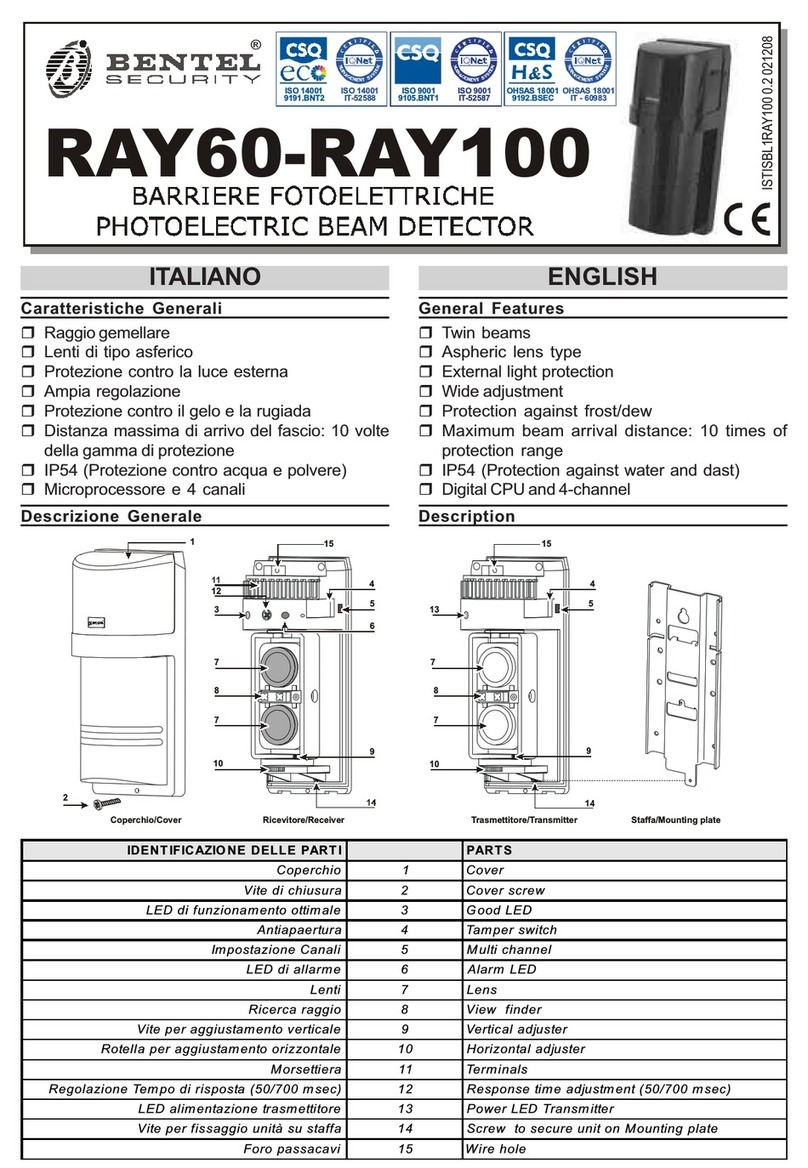
Bentel Security
Bentel Security RAY60 User manual
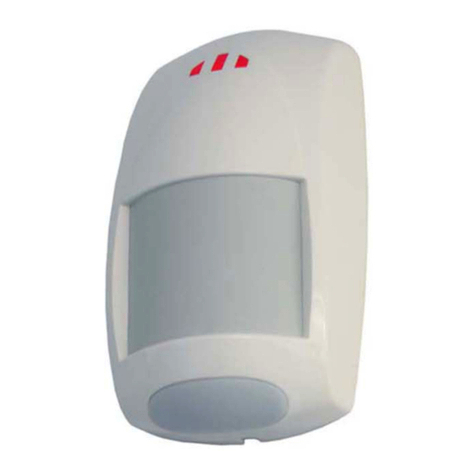
Bentel Security
Bentel Security DT800 User manual
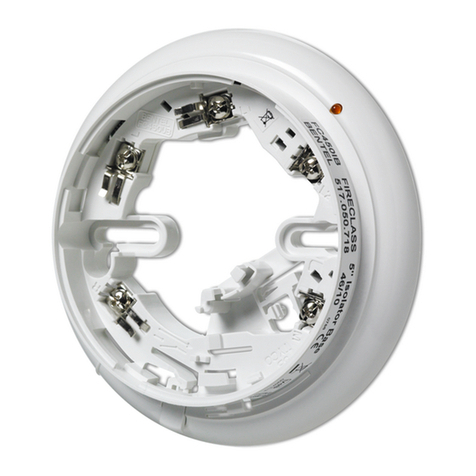
Bentel Security
Bentel Security FC450IB User manual

Bentel Security
Bentel Security AMC10 User manual
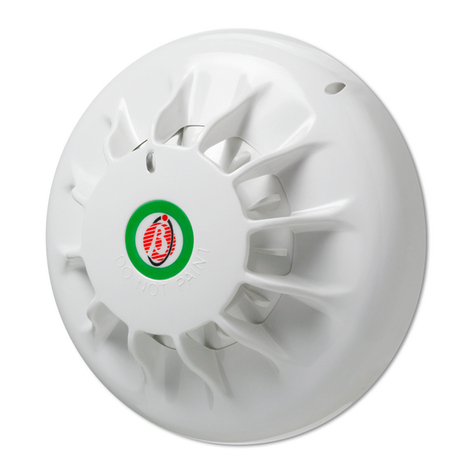
Bentel Security
Bentel Security FC400H User manual
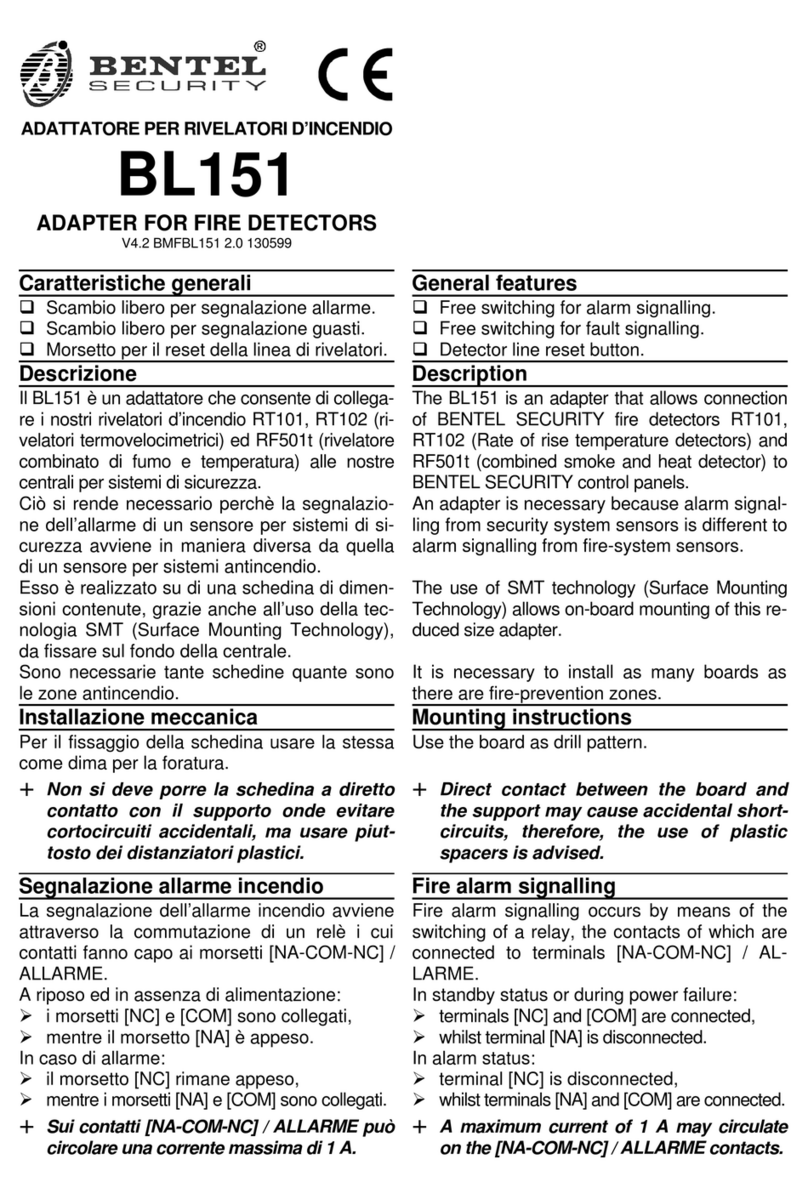
Bentel Security
Bentel Security BL151 User manual

